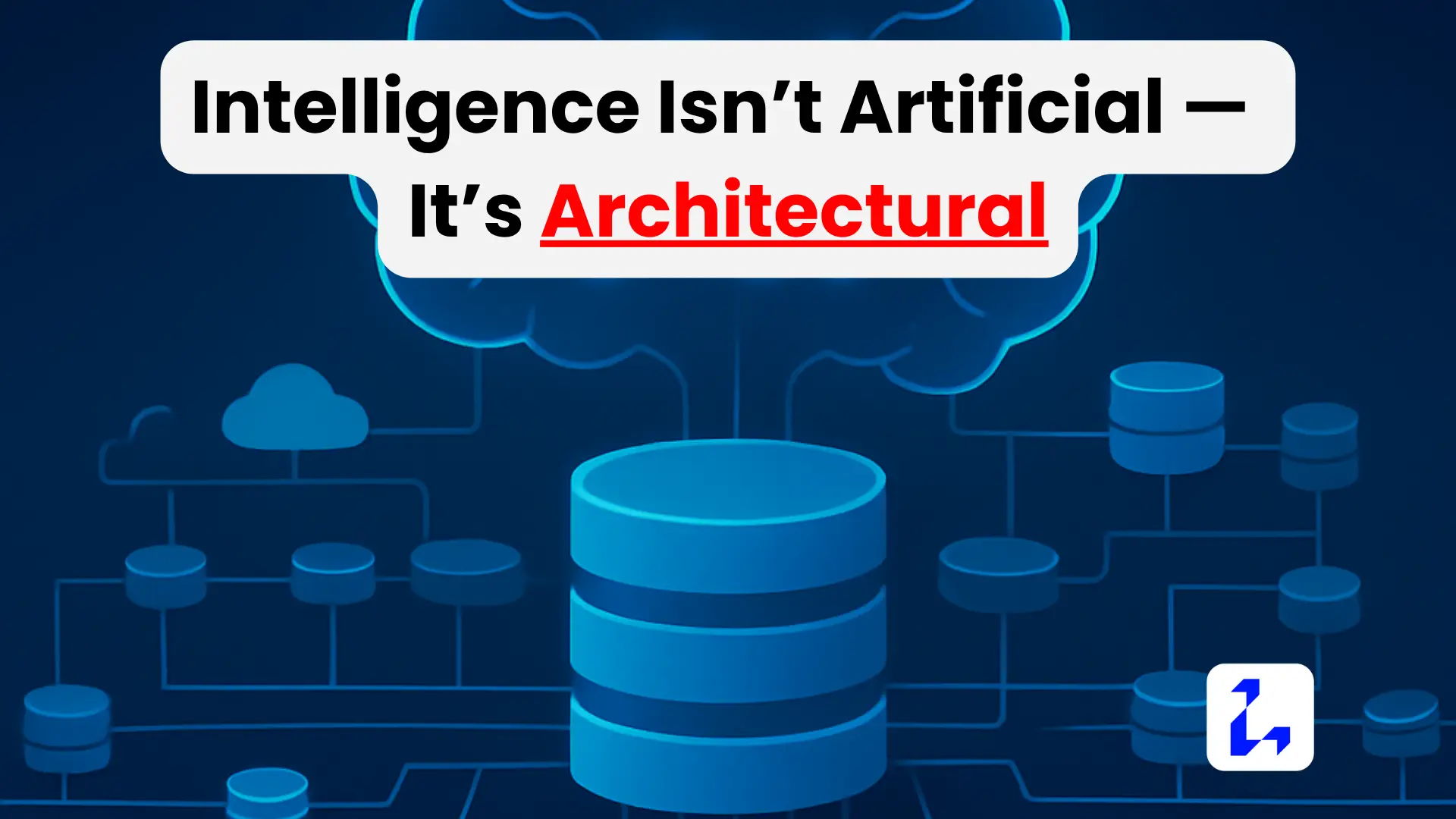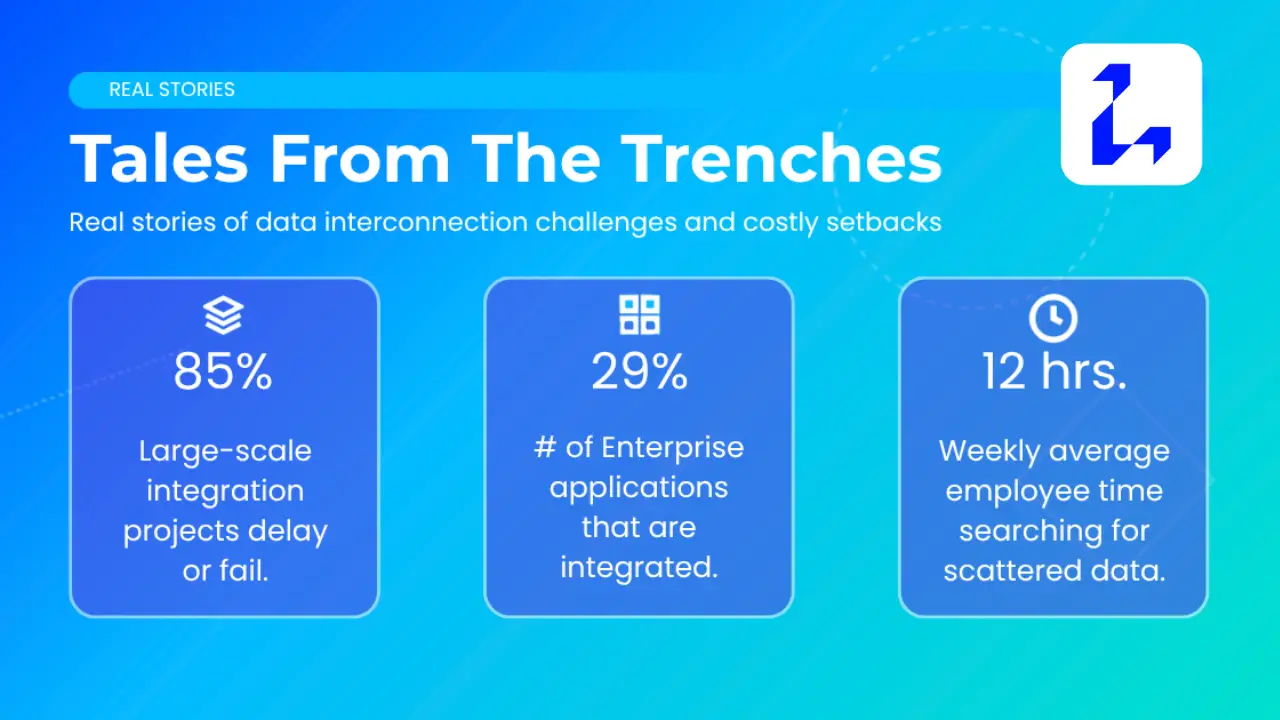In August 2025, South-Korea’s SK Telecom was fined approximately US $96.5 million after a cyber-attack exposed personal data for nearly 27 million users. Regulators cited the carrier’s failure to implement basic safety measures—network servers lacked passwords, operating systems were outdated and internal governance structures were insufficient.
For enterprise leaders—particularly those responsible for digital transformation, analytics and data strategy—this isn’t just a cybersecurity story. It’s a lesson: your data foundation is the backbone of business innovation, regulatory compliance, risk management and competitive differentiation.
This article examines the three interconnected pillars of a strategic data foundation—governance, integration and quality—explains why they matter, draws lessons from real-world disruptions and offers practical guidance for executives who need results now.
The Business Imperative
Far too often, data initiatives falter not for lack of ambition but because the underlying foundation is weak. Analysts highlight that poor data governance continues to plague organisations. Meanwhile, over 70 % of enterprises report data-quality issues when deploying AI and analytics.
When governance is unclear, integration is fragmented and quality is unpredictable, the consequences show up as cost overruns, delayed launches, compliance penalties and missed opportunities.
The SK Telecom case illustrates exposure via governance and quality gaps; the TikTok (€600 m fine in 2025) case shows how poor data-transfer controls (a quality/integration + governance failure) create regulatory pain.
For executives, the takeaway is clear: strong data foundations equate to business advantage—stronger decision-making, faster time-to-value, fewer surprises.
Pillar 1: Data Governance
What is it? Data governance comprises the policies, standards, roles and accountabilities that determine how data is collected, managed, protected and used across the enterprise.
Why it matters: Without governance, you can’t ensure integration projects stay aligned to business strategy, nor can you control data quality or mitigate regulatory risk. Experts identify common obstacles: unclear ownership, lack of business-buy-in and absent measurement.
Executive actions:
- Assign a senior data-governance sponsor with budget and authority (ideally C-suite level) and create a cross-functional data-governance steering committee.
- Develop a governance charter: define data-asset ownership (business domain leads), decision-rights (who approves changes), standards (metadata, formats, access controls), and escalation paths for exceptions.
- Embed business KPIs into governance‐framework performance: e.g., number of domains with validated data-glossary, % of data assets assigned a data steward, exceptions logged vs resolved.
Pitfall to avoid: Don’t treat governance as an IT initiative. It must be business-led—poor uptake often stems from lack of clarity on how data affects revenue, cost, risk or compliance.
Pillar 2: Data Integration
What is it? The capability to connect and unify disparate data sources—on-premises systems, cloud services, enterprise apps, IoT devices—to create a cohesive, trusted information asset accessible to analytics and operations.
Why it matters: Without integration you end up with fragmented silos, duplicate efforts, inconsistent views and constrained agility. For instance, in the workforce outage at Delta Air Lines, incomplete data and outdated systems contributed to prolonged disruption following a software failure.
For executives, integration means faster insights, lower cost of analytics and greater capacity to pivot.
Executive actions:
- Map your “data supply chain”: catalogue major data sources, types of integration used (batch, real-time, streaming), target business use-cases and known failures/latencies.
- Prioritise high-impact integrations: start with 1-2 domains where unified data will drive measurable ROI (e.g., customer journey, supply-chain forecasting).
- Build a reusable integration architecture: consider data-mesh or hub-and-spoke models, use standard APIs and metadata to expedite future projects.
Pitfall to avoid: Starting with low-business-value use cases or waiting until full enterprise-wide integration is complete. The sweet spot for results is rapid integration of high-leverage domains with governance and quality baked in.
Pillar 3: Data Quality
What is it? Ensuring data is accurate, complete, consistent, timely and reliable for operational and analytical usage.
Why it matters: Poor quality undermines decisions, erodes trust, increases remedial cost and exposes the enterprise to risk. For example, in the Equifax case, flawed dispute-resolution software and unchecked inaccuracies drove regulatory action. Industry data show poor quality can cost tens of millions per year.
Executive actions:
- Define quality-metrics: e.g., % of records with missing critical fields, % duplicate records, # of data exceptions logged, average time to resolve.
- Implement data-quality workflow: define how data issues are detected, evaluated, assigned to owners and resolved. Integrate into governance processes and track as part of operational KPIs.
- Build a culture of data quality: engage business domain owners (not just IT), highlight cost/time risk of poor data, showcase quick wins (“we fixed 12 % of missing customer IDs in 30 days and it improved campaign ROI by 6 %”).
Pitfall to avoid: Treating quality as one-time cleansing project rather than ongoing management. Without upstream governance and integrated workflows, quality issues resurface.
Putting It All Together
Imagine an enterprise analytics initiative: the goal is to deliver a real-time customer-360 view to power personalised offers.
- Without governance: Who owns the customer data? Who decides which sources feed the view? Who resolves conflicts?
- Without integration: Data arrives from CRM, billing, support, web logs—but is not unified, resulting in inconsistent views.
- Without quality: Missing IDs, duplicates, stale records undermine trust and deliver wrong offers, increasing churn.
By contrast, a strong foundation means you can stand up such capabilities in months, not years, with measurable ROI, and reduce risk of surprises like fines, breaches or failed initiatives.
Common Pitfalls and How to Avoid Them
- Pitfall: “We’ll fix data quality later.” Avoid this by embedding quality upfront in integration and governance.
- Pitfall: “Data governance = IT policy document.” Avoid this by positioning governance as business-led, linking to KPIs that matter to CFO/CEO.
- Pitfall: “We’ll integrate everything at once.” Avoid this by starting with a high-leverage domain, proving value and scaling iteratively.
Next Steps for Executives
- Executive-level data foundation audit: One-page heat map: governance maturity (roles, processes), integration maturity (number of unified domains, latency), quality maturity (key-metrics scoreboard).
- Set an early-win initiative: Agree on one business domain (e.g., customer 360, supply-chain demand signal) with leadership backing, budget, data-governance charter, integration roadmap and quality targets.
- Build a data-foundation dashboard for the board: Translate metrics into business language—cost of poor data, time-to-insight, regulatory exposures, opportunity-lift.
Conclusion
A modern enterprise cannot treat data foundations as a back-office or purely technical concern. As the SK Telecom, Equifax and TikTok cases show, lapses in governance, integration or quality are business-critical risks—with consequences ranging from regulatory fines to lost value and strategic inertia.
By consciously building and measuring your data foundation across governance, integration and quality, you’re not just enabling analytics—you’re strengthening competitive advantage, reducing risk and underpinning strategic agility. For executives responsible for delivering growth, efficiency and transformation, this is the foundation of value.
Stay ahead of the curve, and make your data foundation as visible and vital as your P&L.






